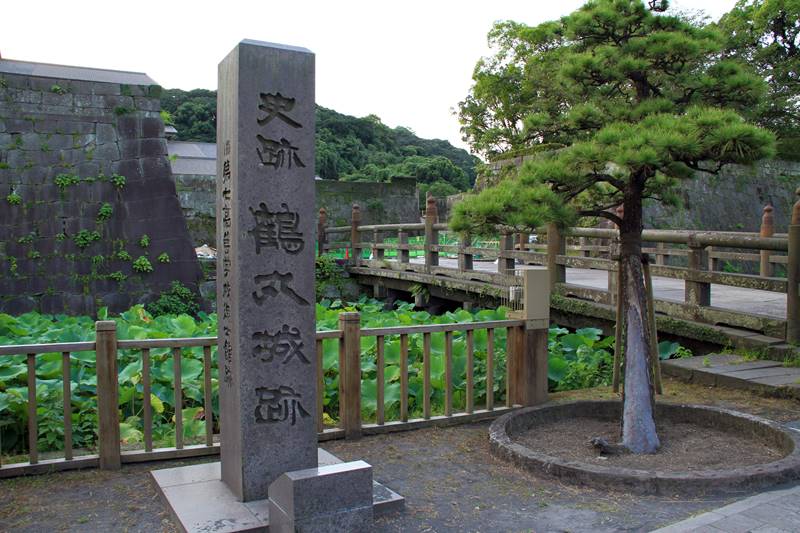This is all about Kagoshima Castle Ruins you want to know.
Every information you get on this site will be from a credible source based on Japanese history (books for reference).
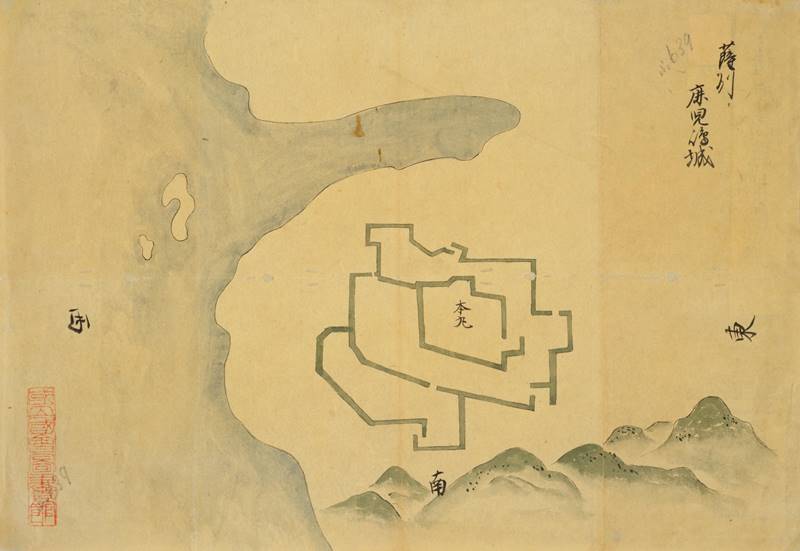
Collected by the Inagaki family, the Toba Daimyō from the mid-Edo period to the Meiji Restoration, as materials for military studies. There are about 350 illustrations, but there is no uniformity because only illustrations of castles, illustrations including castle towns, and old battlefield illustrations are mixed.
Another typical example of a castle picture in the Edo period is "The Shōhō Shiroezu", picture of the castle and castle town that the Edo Shogunate ordered the daimyō to create and submit,aggregating military information such as the buildings inside the castle, the height of the stone wall, the width of the moat and the water depth, etc., it also details the location and shape of the castle town and the mountain river.
Kagoshima Castle Ruins
| Location | Kagoshima City, Kagoshima Prefecture |
| Also known as | Tsurumaru Castle(named from the shape of the roof looked like a crane spreading its wings) |
| Type of castle | Hilltop |
| Mountain's name | ー |
| Elevation | ー |
| Condition | Ruins |
| Designation | Kagoshima Histoic Sites |
| Year built | 1602 |
| Abolished | 1872 |
| Castle lord | Shimazu Tadatune |
| Refurbishment lord | Shimazu Yoshitada |
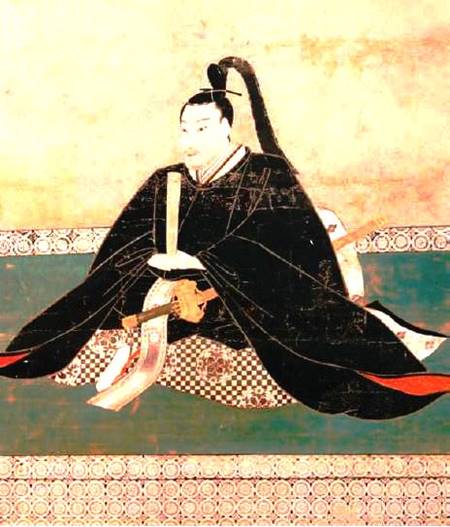

adapted from "Classical Japanese National Data Set" (Kokubunken Collection)
The family crest was originally created from the pattern that the emperor and the royal family put on the kimono, and the pattern was made into a fixed pattern, and the one attached to his own oxcart is said to be the beginning of the family crest. The warlords drew large crests on the flag-fingers, used to distinguish enemy views on the battlefield, and used by the generals to determine which warlords were active and how much.
Kagoshima Castle admission
admission fee : free
admission time : free
winter (December 1-January 3) : am10-pm2
closing period : during winter (January 4 - February 28) reference official site (japanese)
Kagoshima Castle Google Map
Kagoshima Castle Images
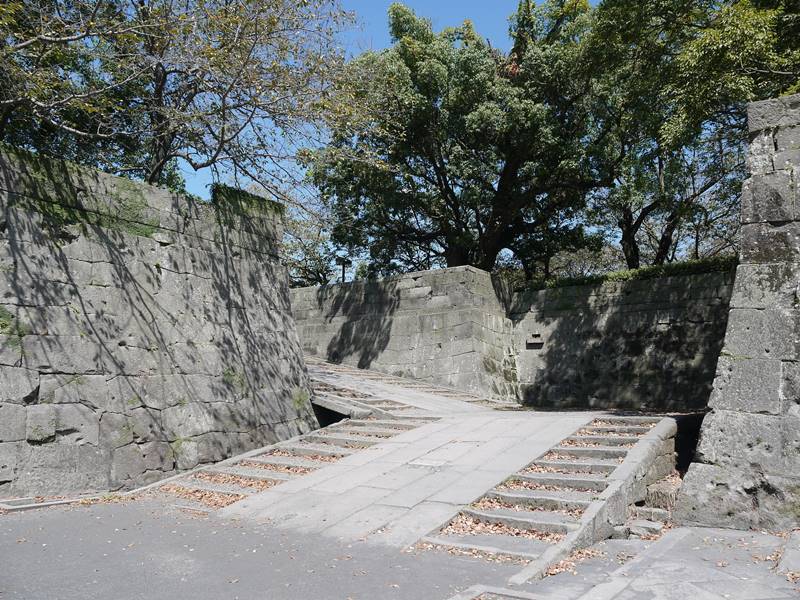

The eleventh lord of the Satsuma Domain who is a master of the late Tokugawa period. He embarked on the policy of national prosperity and strengthening troops, the breeding industry by the Satsuma feudal clan and contributed to the reform of national politics. Also nurtured human resources who played an active part in the late Tokugawa period, including Saigo Takamori.
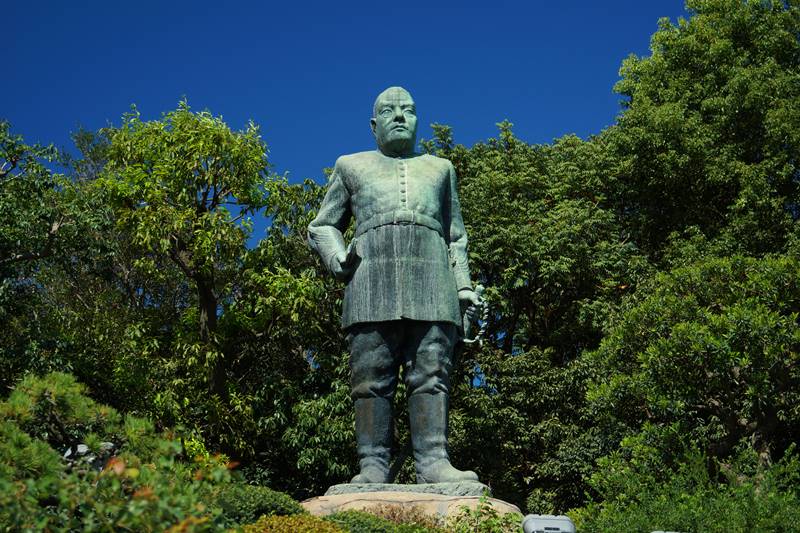
One of the most famous leader of the Meiji Restoration from Kagoshima , Settled by Shimazu Nariakira. He achieved the bloodless opening of Edo Castle and was the central figure in defeating the Edo Shogunate, which lasted for about 260 years. He has executed reform of the revival as a major minister in the new government, but he lost his power struggle within the new government and resigned. He was urged by a private school student in his hometown to raise his army (the Southwest War), but was defeated by the government and committed suicide.
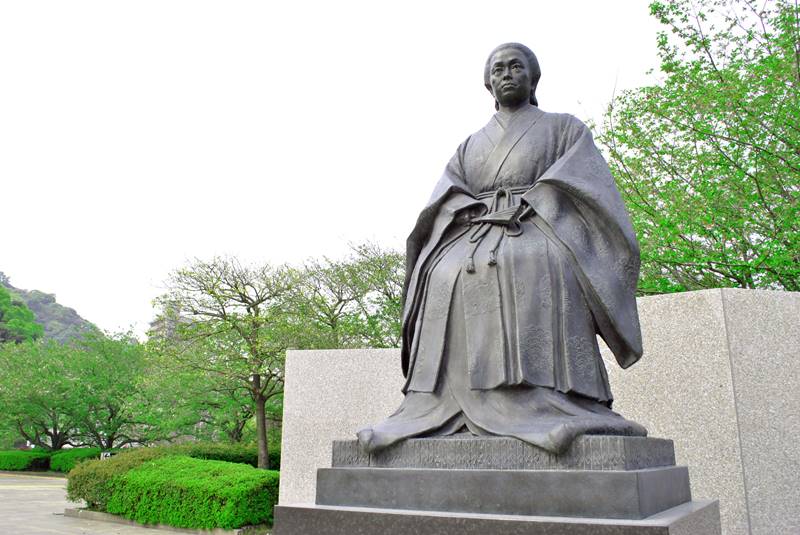
Raised as a child of Shimazu Nariaki , later became the offficial wife of Tokugawa Iesada ,the13th General of the Tokugawa Shogunate. A woman who lived in a truly turbulent era, when her hometown of the Satsuma clan defeated her Tokugawa Shogunate.
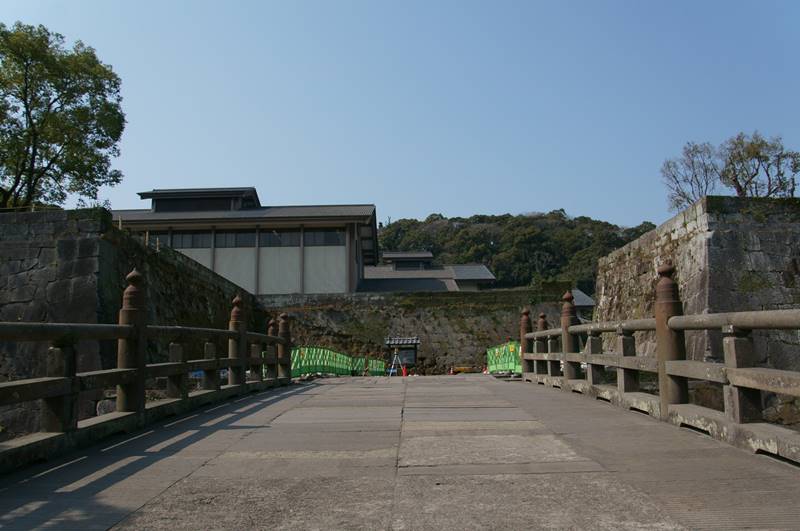
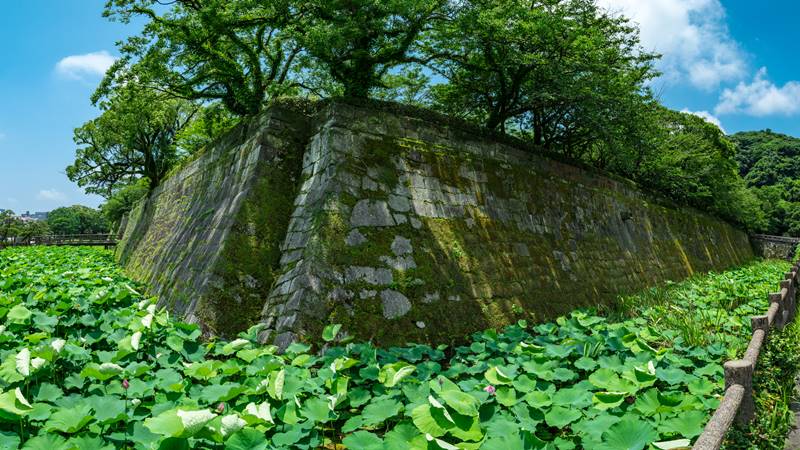
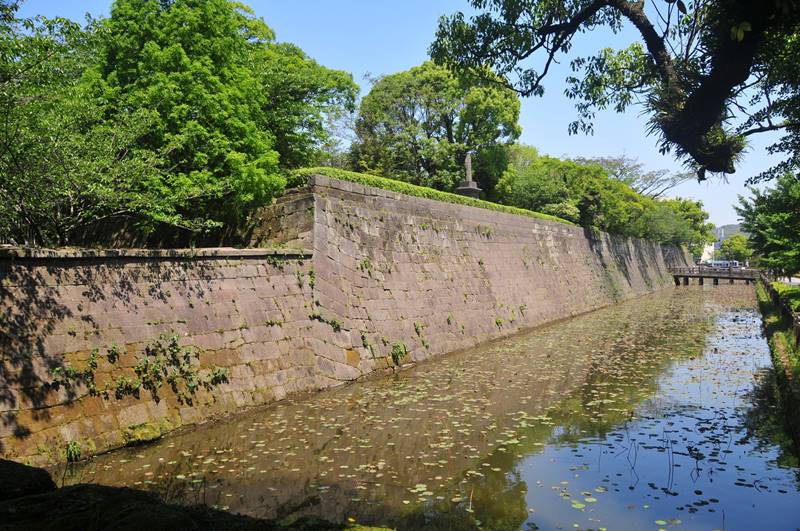

Dedicated to Shimazu Nariakira. The shrine and treasures were destroyed by the Satsuma Rebellion in 1877, and were rebuilt in 1882. But were destroyed again by the World WarⅡ in 1945 and rebuilt in 1958. It is still crowded with many worshipers.
